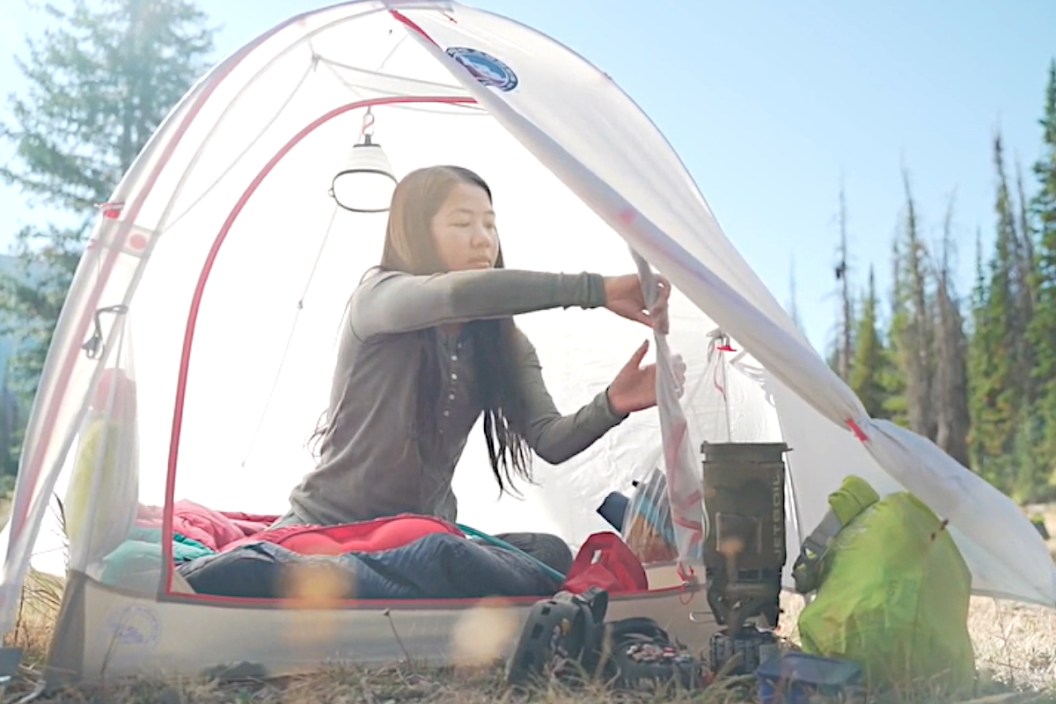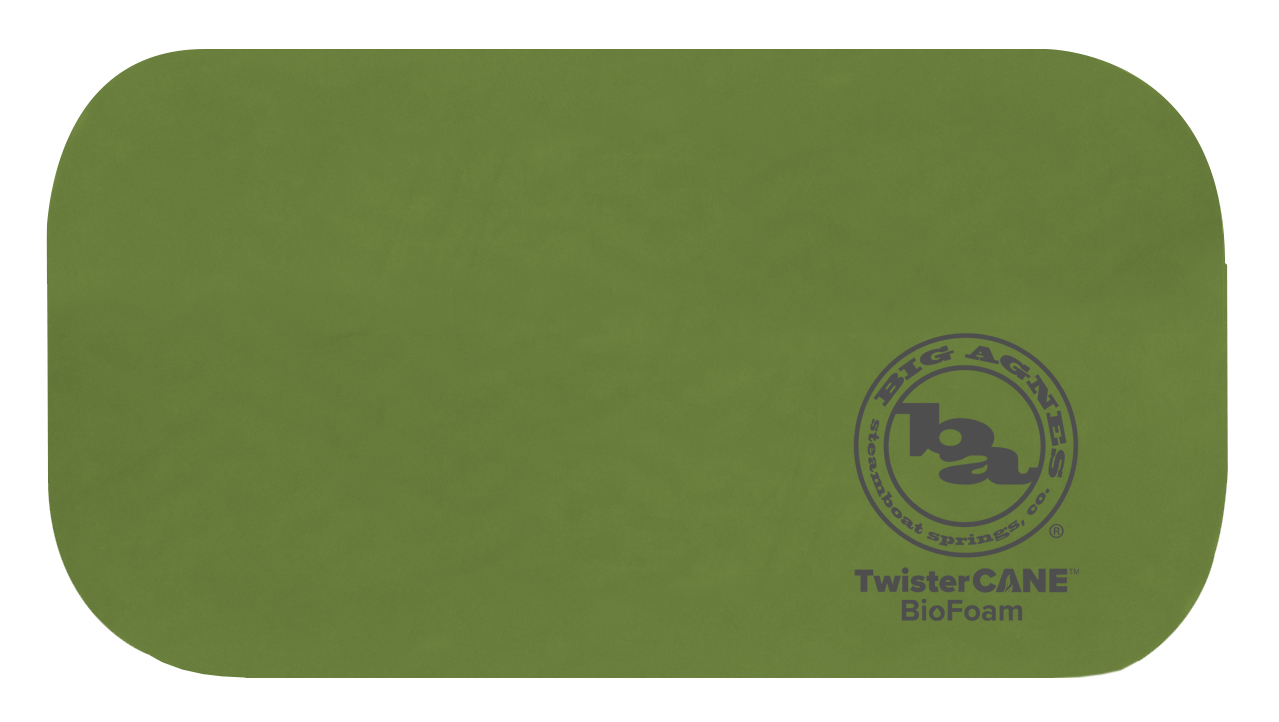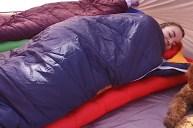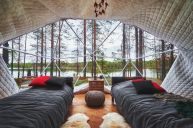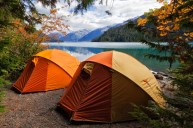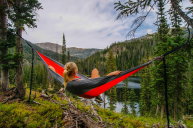Big Agnes' new tents and sleeping pads are better for the environment.
Many outdoorsmen and women love camping. There is no better way to get back to nature than spending time sleeping out under the stars. As we enter 2021, more and more companies are starting to recognize the impact their operations have on the environment. And when you're a camping gear company, like Big Agnes, you start thinking about what's going to be best for the outdoor spaces you love and the people you're catering your products towards.
That's why, for 2021, the company is introducing some new camping gear made from sustainably sourced materials in order to lessen the impact on our planet and those wild spaces that we use that gear within.
We've got the lowdown here on their new solution-dyed tents and BioFoam sleeping pad and seat.
Solution-Dyed Tents
Big Agnes found that environmentally, it made more sense to go to solution-dyed yarn for the inner body and fly of their tents. Using solution-dyed fabrics saw the company reduce their water use by 50 percent and energy consumption by 80 percent. Probably the best aspect of solution-dyed fabric is the fact that it uses 80 percent fewer chemicals to finish off a tent.
"Big Agnes is committed to producing gear made from the most sustainable materials possible to help minimize our environmental impacts and increase the durability of our products," Big Agnes Co-Founder and President Bill Gamber said in a press release. "The unique materials sourced for these tents and pads will help lower the energy consumption, water use and chemicals used for production. Our team is working hard to reduce our impacts, one tent and pad at a time."
Using solution-dyed fabric has another benefit according to the company. The tents are more resistant to UV fade from the sun, extending the life of your tent. These are three-season, ultralight tents perfect for hiking or backpacking activities. New additions to the line including the Fly Creek HV UL1, a one-person tent weighing just two pounds, and the Fly Creek HV UL2, a two-person tent weighing two pounds, four ounces.
These tents use solvent-free polyurethane for the taped seams. They have expanded headroom, a dry entry and exit vestibule to keep the tent clean, and a simple light pole system design. They can also be setup quickly in what the company calls a "Fast Fly" setup where you don't need the tent body. The company also includes their aluminum Dirt Dagger stakes for faster setup.
The other two notable entries to the solution-dyed tent line include the Tiger Wall UL2 and Tiger Wall UL3, which sleep two and three people respectively. These tents were made specifically with those who like to bike and camp in mind. Just like the Fly Creeks, they use solvent-free polyurethane for the seams and have the ability for fast fly setups.
The Tiger Walls uses shorter poles which Big Agnes calls their "12-inch Shortstik Poleset." The idea being that it's easier to pack the tent onto handlebars or saddlebags of a bicycle. It could also be a solution for anyone who just wants a tent in a more compact package.
TwisterCane BioFoam Pad and Hiking Seat
Big Agnes didn't stop with tents for sustainable camping gear this year. They also launched their new TwisterCane BioFoam sleeping and hiking pads. Because as much as we may enjoy roughing it, it's nice to have a little bit of cushion between yourself and the earth. The only thing is, most foam pads a petroleum-based product, which isn't exactly environmentally friendly.
However, Big Agnes has developed a unique new EVA foam that instead uses more than 60 percent sugarcane resin. The two-sided foam pads have a smooth side and treaded side. The pads use closed-cell technology to help insulate your body against the cold ground whether you're just hanging out in camp or settling in for a long night's rest at a high altitude. As a bonus, the pads are light enough to be easily carried deep into the backcountry for even the most extreme adventurers.
The company decided to go with sugarcane because it's a renewable resource that could be grown to stringent pro-forest standards that leave the environment in a better spot than when they started growing. Big Agnes says they source from growers that harvest the sugarcane in what amounts to a carbon-negative process.
Every little bit helps when it comes to protecting our world's wild, untamed spaces. For more information on the solution-dyed tents and TwisterCane foam pads, visit the Big Agnes website.
For more outdoor content from Travis Smola, be sure to follow him on Twitter and check out his Geocaching and Outdoors with Travis YouTube channels.
NEXT: THE AXIS DEER AND HOW THEY'RE IMPACTING PARTS OF THE UNITED STATES
WATCH
